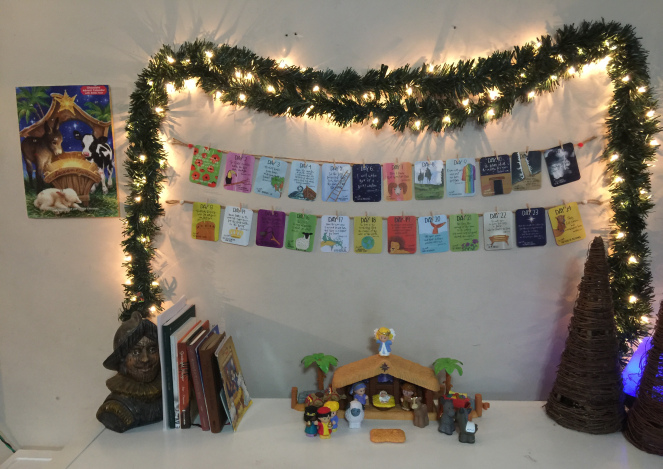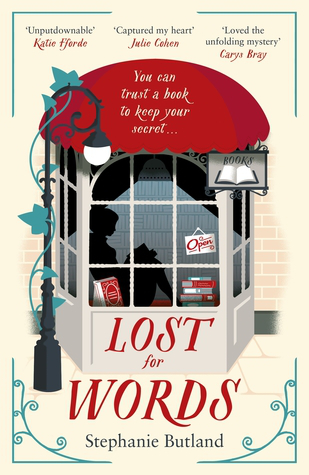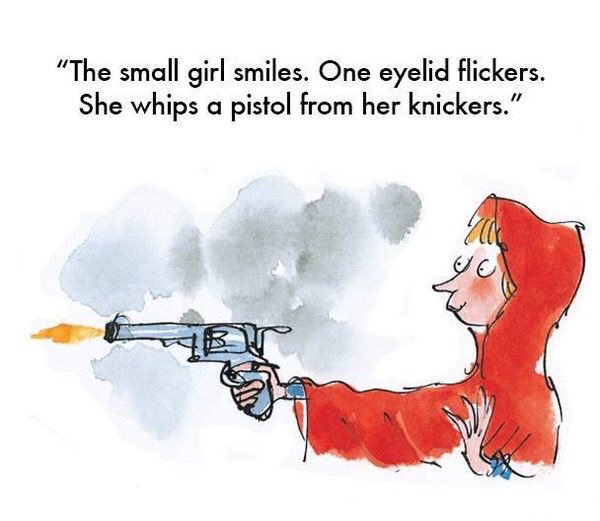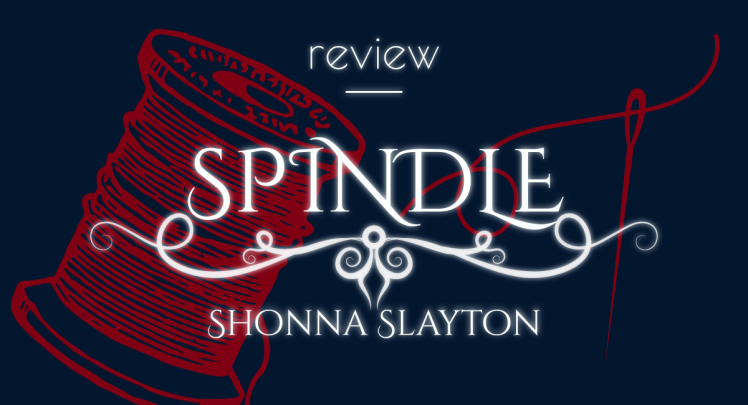
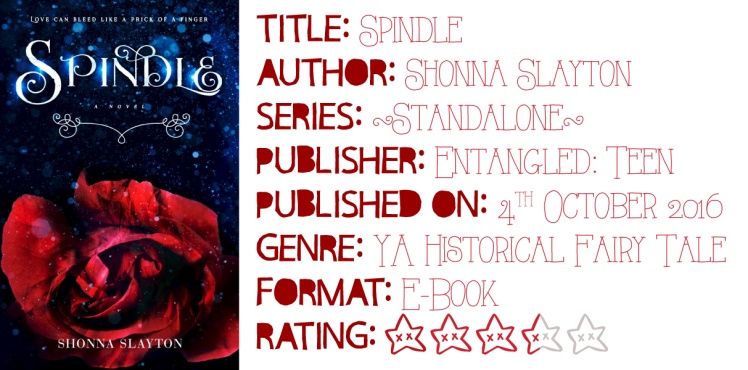

In a world where fairies lurk and curses linger, love can bleed like the prick of a finger…
Briar Rose knows her life will never be a fairy tale. She’s raising her siblings on her own, her wages at the spinning mill have been cut, and the boy she thought she had a future with has eyes for someone else. Most days it feels like her best friend, Henry Prince, is the only one in her corner…though with his endless flirty jokes, how can she ever take him seriously?
When a mysterious peddler offers her a “magic” spindle that could make her more money, sneaking it into the mill seems worth the risk. But then one by one, her fellow spinner girls come down with the mysterious sleeping sickness…and Briar’s not immune.
If Briar wants to save the girls—and herself—she’ll have to start believing in fairy tales…and in the power of a prince’s kiss.

Ladies, gentlemen, and non-binary individuals: introducing yet another book in the young adult universe, a happy intersection of the following trends:
Period, or historical, novels: stories set in (often iconic) periods past, often poorly-researched and unconvincing; a feeble attempt to lure the reader into believing they’re reading something original.
Fairy-tale retellings: a popular shortcut adopted by authors who don’t want to come up with their own stories. The reboots are often more politically correct, appropriate for, and relatable (or whatever).
This particular specimen claims to belong to the genre YA Historical Fairy Tale. Ye gods, what a mouthful.
A confession: being generally sceptical of this new breed of books that call themselves Young Adult, I tend to be facetious while describing them. In all fairness, this book was pretty good. And it’s not a retelling, it’s a sequel (though they’re virtually the same thing). It’s set in New England, many generations after the events in the traditional fairy tale, in the Industrial Age (a very appropriate choice by the author). The novel is filled with the struggles, both mental and physical, of young girls working for a living in a brave new world.
Our heroine and her friends work in a cloth mill, where machines spin cotton fibre into thread—an innovative reinvention of the original story’s spinning-wheel plot device. Slayton captures the individual trials and worries of each mill operator, providing a solid background for the introduction of feminist themes and the start of the movement—another interesting historical incident that she incorporates into the story. She also makes references to contemporary events that did, or could have, happened: for instance, mentioning Charles Dickens’s comments on American factories; quoting feminist speeches that occurred during the historical period of the novel; and introducing the bicycle, a revolutionary transportational innovation.

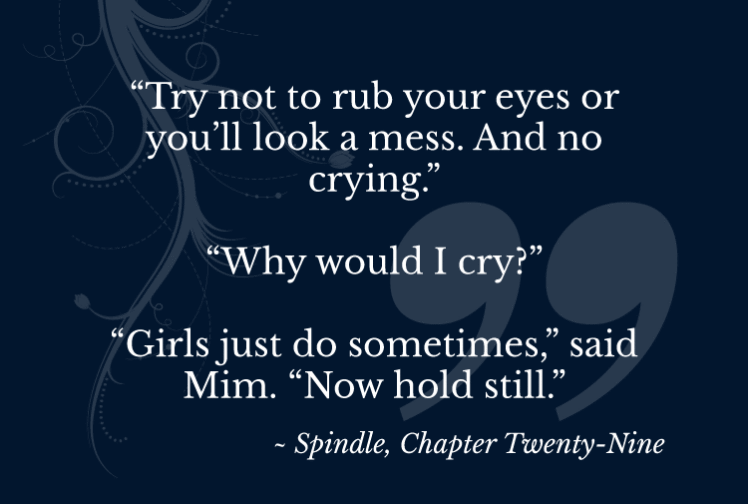 One of my favourite quotes.
One of my favourite quotes.
Now as for the story itself: Briarly Rose Jenny, our poor, hardworking, victim-of-circumstances heroine is saved by Henry Prince (yes, Prince—subtlety’s dead), a charming, good-hearted rogue she had obtusely friendzoned earlier. Not some random guy who shows up out of the blue and kisses a virtual corpse (isn’t political correctness the best!).
Briar, a migrant orphan in a strange land, has a hard life, having to support three younger siblings. (It took a while, but I eventually became as concerned for her as Slayton wanted me to be.) Strange things start happening around her: the siblings’ nanny inexplicably disappears, leaving them in the care of a strange yet helpful lady. Though a Prince has never left the village, Henry suddenly undertakes a voyage to the ‘old country’ (a frequently used, nostalgia-loaded term that refers to the ancestral countries of the American settlers). A random pedlar gives Briar an old, ornate spindle that will supposedly serve her factory problems (you should certainly look a gift spindle in the mouth). Things seem to get better—but then they get worse, and Briar is (sometimes irritatingly) oblivious to the existence of fairies, who fight out their petty wars over long-ago curses and vie for her life—or death.
 I mean, take a hint, woman.
I mean, take a hint, woman.
Though the story took a while to pick up momentum, it did get me to care sufficiently for the characters (my one acid test). One thing I didn’t like was that a lot of the characters’ lines were not accurate reflections of the period’s speech patterns (as far as my limited reading tells me). This could either be due to limited research (Slayton was feeling lazy) or a marketing decision (today’s kids ain’t got no patience, do we?).
The writing could be better in some places: though told in the third person, the narrator follows Briar’s viewpoint, and some transitions from Briar’s thoughts to description were awkward. It might also have been more interesting if Slayton explored the fairies’ world a little more; some hints left in and around the storyline could have been taken up in a parallel thread. (Slayton probably intentionally stayed away from this, though.) Also, spoiler alert (as much as a popular fairy tale can be spoiled; skip to the next paragraph if you care): I found the ending too convenient and too neatly-wrapped-up, considering all the obstacles in the characters’ lives up to that point. It was a little too easy for me to swallow.

All in all, it was a fun read. I think it warrants 3.5 stars. Have you read this book, too? What did you think?

So. You might be wondering why the “Shameeka” (written using a messy signature font) at the end of each post has been replaced by “Laura”. This post was written by Laura Pent, a very good friend of mine (she used to write Colleen Hoover book reviews in my old blog because I was too scared/irritated to read them). Laura is a huge book nerd and a music enthusiast (she plays the keyboard). She blogs at The Music According To Laura when she feels up to it.
– Shameeka Alexis
Advertisements Share this:


